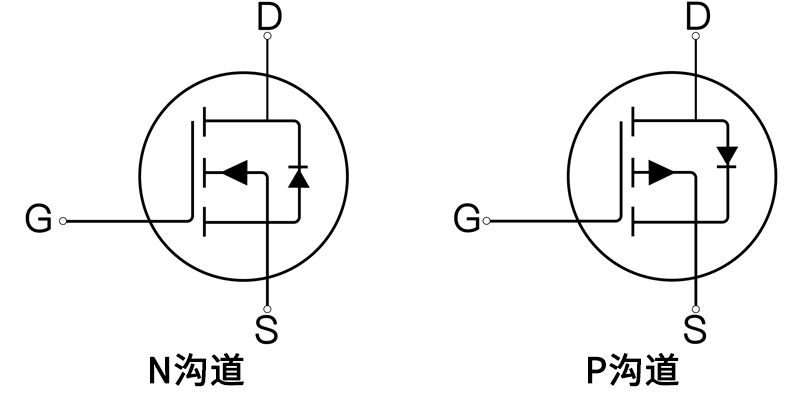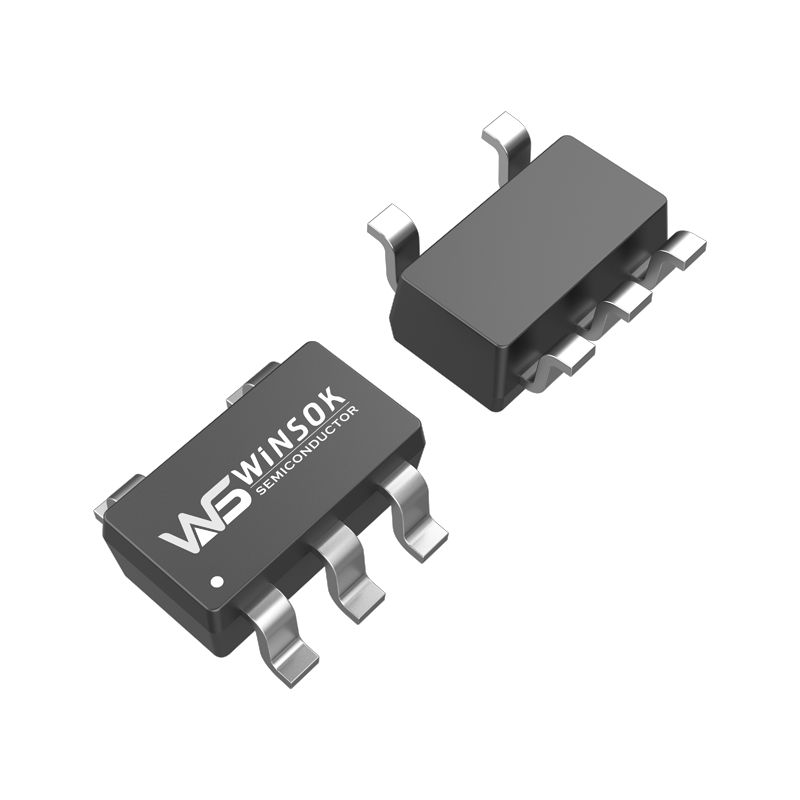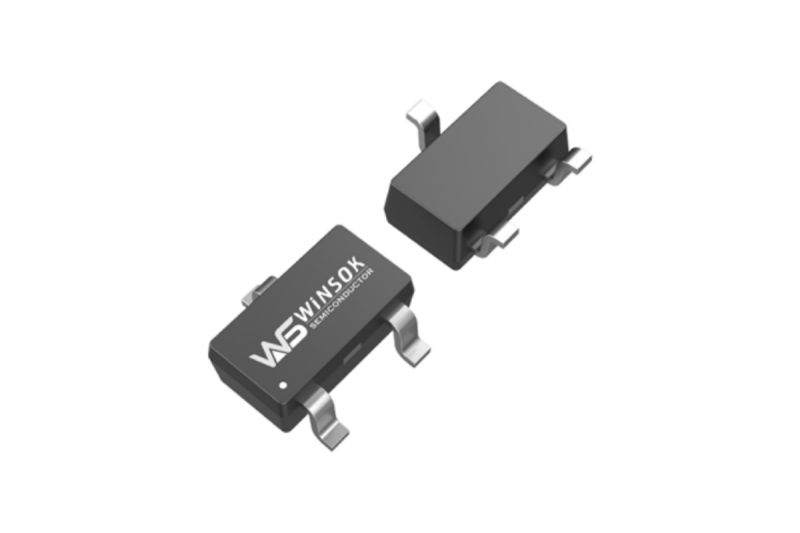Recently, when many customers come to Olukey to consult about MOSFETs, they will ask a question, how to choose a suitable MOSFET? Regarding this question, Olukey will answer it for everyone.
First of all, we need to understand the principle of MOSFET. The details of MOSFET are introduced in detail in the previous article "What is MOS Field Effect Transistor". If you are still unclear, you can learn about it first. Simply put, MOSFET belongs to Voltage-controlled semiconductor components have the advantages of high input resistance, low noise, low power consumption, large dynamic range, easy integration, no secondary breakdown, and large safe operating range.
So, how should we choose the right MOSFET?
1. Determine whether to use N-channel or P-channel MOSFET
First, we should first determine whether to use N-channel or P-channel MOSFET, as shown below:

As can be seen from the figure above, there are obvious differences between N-channel and P-channel MOSFETs. For example, when a MOSFET is grounded and the load is connected to the branch voltage, the MOSFET forms a high-voltage side switch. At this time, an N-channel MOSFET should be used. Conversely, when the MOSFET is connected to the bus and the load is grounded, a low-side switch is used. P-channel MOSFETs are generally used in a certain topology, which is also due to voltage drive considerations.
2. Extra voltage and extra current of MOSFET
(1). Determine the additional voltage required by the MOSFET
Secondly, we will further determine the additional voltage required for voltage drive, or the maximum voltage that the device can accept. The greater the additional voltage of the MOSFET. This means that the greater the MOSFETVDS requirements that need to be selected, it is especially important to make different measurements and selections based on the maximum voltage that the MOSFET can accept. Of course, in general, portable equipment is 20V, FPGA power supply is 20~30V, and 85~220VAC is 450~600V. The MOSFET produced by WINSOK has strong voltage resistance and wide range of applications, and is favored by the majority of users. If you have any needs, please contact online customer service.
(2) Determine the additional current required by the MOSFET
When the rated voltage conditions are also selected, it is necessary to determine the rated current required by the MOSFET. The so-called rated current is actually the maximum current that the MOS load can withstand under any circumstances. Similar to the voltage situation, make sure the MOSFET you choose can handle a certain amount of extra current, even when the system generates current spikes. Two current conditions to consider are continuous patterns and pulse spikes. In continuous conduction mode, the MOSFET is in a steady state, when current continues to flow through the device. Pulse spike refers to a small amount of surge (or peak current) flowing through the device. Once the maximum current in the environment is determined, you only need to directly select a device that can withstand a certain maximum current.
After selecting the additional current, conduction consumption must also be considered. In actual situations, MOSFET is not an actual device because kinetic energy is consumed during the heat conduction process, which is called conduction loss. When the MOSFET is "on", it acts like a variable resistor, which is determined by the RDS(ON) of the device and changes significantly with measurement. The power consumption of the machine can be calculated by Iload2×RDS(ON). Since the return resistance changes with the measurement, the power consumption will also change accordingly. The higher the voltage VGS applied to the MOSFET, the smaller the RDS(ON) will be; conversely, the higher the RDS(ON) will be. Note that the RDS(ON) resistance decreases slightly with current. The changes of each group of electrical parameters for the RDS (ON) resistor can be found in the manufacturer's product selection table.

3. Determine the cooling requirements required by the system
The next condition to be judged is the heat dissipation requirements required by the system. In this case, two identical situations need to be considered, namely the worst case and the real situation.
Regarding MOSFET heat dissipation, Olukey prioritizes the solution to the worst-case scenario, because a certain effect requires a larger insurance margin to ensure that the system does not fail. There are some measurement data that need attention on the MOSFET data sheet; the junction temperature of the device is equal to the maximum condition measurement plus the product of thermal resistance and power dissipation (junction temperature = maximum condition measurement + [thermal resistance × power dissipation] ). The maximum power dissipation of the system can be solved according to a certain formula, which is the same as I2×RDS (ON) by definition. We have already calculated the maximum current that will pass through the device and can calculate RDS (ON) under different measurements. In addition, the heat dissipation of the circuit board and its MOSFET must be taken care of.
Avalanche breakdown means that the reverse voltage on a semi-superconducting component exceeds the maximum value and forms a strong magnetic field that increases the current in the component. The increase in chip size will improve the ability to prevent wind collapse and ultimately improve the stability of the machine. Therefore, choosing a larger package can effectively prevent avalanches.
4. Determine the switching performance of MOSFET
The final judgment condition is the switching performance of the MOSFET. There are many factors that affect the switching performance of the MOSFET. The most important ones are the three parameters of electrode-drain, electrode-source and drain-source. The capacitor is charged every time it switches, which means switching losses occur in the capacitor. Therefore, the switching speed of MOSFET will decrease, thus affecting the efficiency of the device. Therefore, in the process of selecting MOSFET, it is also necessary to judge and calculate the total loss of the device during the switching process. It is necessary to calculate the loss during the turn-on process (Eon) and the loss during the turn-off process. (Eoff). The total power of the MOSFET switch can be expressed by the following equation: Psw = (Eon + Eoff) × switching frequency. The gate charge (Qgd) has the greatest impact on switching performance.
To sum up, to select the appropriate MOSFET, the corresponding judgment should be made from four aspects: the extra voltage and extra current of N-channel MOSFET or P-channel MOSFET, the heat dissipation requirements of the device system and the switching performance of MOSFET.
That’s all for today on how to choose the right MOSFET. I hope it can help you.
























